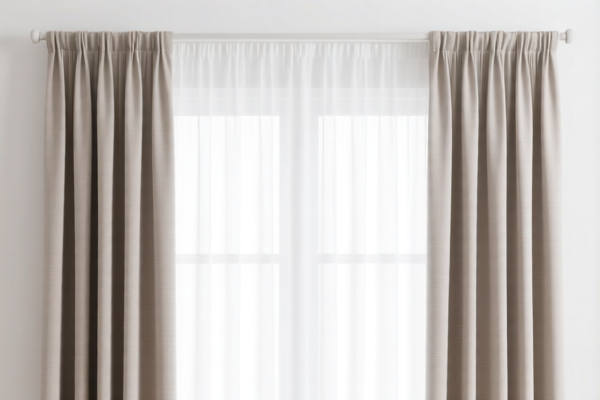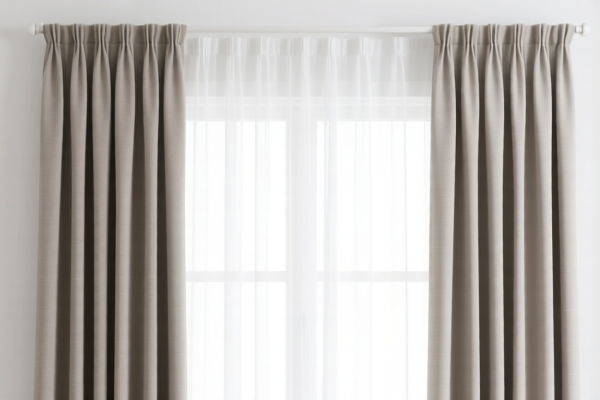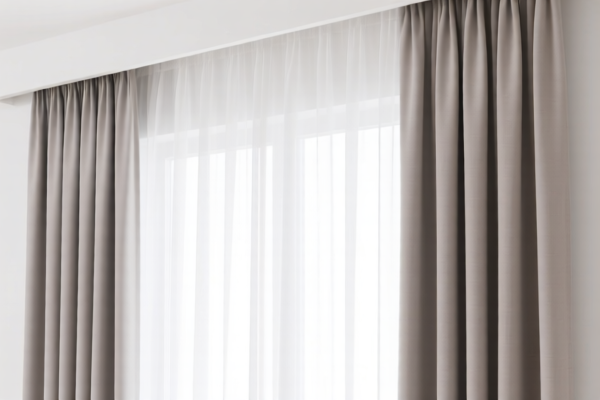| HS Code | Official Doc | Tariff Rate | Origin | Destination | Effective Date |
|---|---|---|---|---|---|
| 8517690000 | Doc | 55.0% | CN | US | 2025-05-12 |
| 8517620090 | Doc | 20.0% | CN | US | 2025-05-12 |
| 8543706000 | Doc | 55.0% | CN | US | 2025-05-12 |
| 8543906800 | Doc | 55.0% | CN | US | 2025-05-12 |




Curtain Controller
A curtain controller is a device used to automate the opening and closing of curtains and blinds. It offers convenience, energy efficiency, and enhanced security through remote operation and scheduling capabilities.
Materials
Curtain controllers are typically constructed using a combination of the following materials:
- Plastic: Commonly used for the housing and external components due to its lightweight nature and cost-effectiveness. ABS plastic is a frequent choice.
- Metal: Internal components, such as motors, gears, and mounting brackets, are often made of steel, aluminum, or other alloys for durability and strength.
- Electronics: Circuit boards, microchips, and wiring are essential components, utilizing materials like silicon, copper, and various semiconductors.
- Wireless Communication Components: Depending on the model, materials for radio frequency (RF), Wi-Fi, or Bluetooth modules are included.
Purpose
The primary purpose of a curtain controller is to provide automated operation of window coverings, eliminating the need for manual operation. This serves several secondary purposes:
- Convenience: Remote control operation from anywhere in a room or even remotely via a smartphone app.
- Energy Savings: Automated scheduling can open and close curtains to maximize natural light and heat gain in winter, and minimize it in summer, reducing energy consumption.
- Security: Simulating occupancy by automatically opening and closing curtains at scheduled times, deterring potential intruders.
- Accessibility: Provides ease of use for individuals with limited mobility.
- Integration with Smart Home Systems: Control curtains as part of a broader home automation ecosystem.
Function
Curtain controllers function by employing a motor to move a track or rod connected to the curtains. Key functional components include:
- Motor: The driving force, typically a DC motor, providing the power to move the curtains.
- Control Unit: Houses the electronics and receives commands from a remote control, smartphone app, or smart home system.
- Receiver: Receives wireless signals from the remote or smart home hub.
- Limit Switches: Detect the fully open and fully closed positions of the curtains to prevent over-travel and damage.
- Gear System: Reduces the motor’s speed and increases torque to effectively move the curtains.
- Track/Rod Interface: Connects the controller to the existing curtain track or rod.
Usage Scenarios
- Residential: Homes, apartments, and condos for convenience, energy savings, and security.
- Commercial: Offices, hotels, conference rooms, and theaters for centralized control and automated operation of large numbers of curtains.
- Healthcare: Hospitals and assisted living facilities for ease of use and patient comfort.
- Educational Institutions: Classrooms and auditoriums for light control and energy management.
Common Types
- Wired Controllers: Require physical wiring to a control panel or smart home hub. Generally more reliable but less flexible in terms of installation.
- Wireless Controllers: Communicate via RF, Wi-Fi, or Bluetooth. Easier to install but may be susceptible to interference.
- Battery-Powered Controllers: Offer cordless operation and are ideal for retrofitting existing curtains. Require periodic battery replacement or recharging.
- Solar-Powered Controllers: Utilize solar energy to power operation, offering a sustainable and convenient solution.
- Smart Controllers: Integrate with smart home platforms (e.g., Amazon Alexa, Google Assistant, Apple HomeKit) for voice control and automation routines.
- Track Controllers: Designed for curtains mounted on tracks.
- Rod Controllers: Designed for curtains mounted on rods.
- Automated Blind Controllers: Specifically designed for blinds (venetian, vertical, roller).
Based on the provided information, a curtain controller falls under the category of electrical machines and apparatus having individual functions not specified elsewhere. Here's a breakdown of relevant HS codes:
-
8543706000: Electrical machines and apparatus, having individual functions, not specified or included elsewhere in this chapter; parts thereof: Other machines and apparatus: Articles designed for connection to telegraphic or telephonic apparatus or instruments or to telegraphic or telephonic networks.
- 85: Electrical machines and apparatus.
- 43: Machines and apparatus having individual functions not specified or included elsewhere in this chapter.
- 70: Other machines and apparatus.
- 60: Articles designed for connection to telegraphic or telephonic apparatus or instruments or to telegraphic or telephonic networks.
- This code applies to articles intended to connect to telecommunications systems, which could include smart home devices controlled via network. The current tax rate is 55.0% (0.0% base tariff + 25.0% additional tariff, increasing to 30.0% after April 2, 2025).
-
8543906800: Electrical machines and apparatus, having individual functions, not specified or included elsewhere in this chapter; parts thereof: Parts: Other: Printed circuit assemblies: Other.
- 85: Electrical machines and apparatus.
- 43: Machines and apparatus having individual functions not specified or included elsewhere in this chapter.
- 90: Parts.
- 68: Other: Printed circuit assemblies.
- 00: Other.
- If the curtain controller consists of printed circuit assemblies, this code is applicable. The current tax rate is 55.0% (0.0% base tariff + 25.0% additional tariff, increasing to 30.0% after April 2, 2025).
According to the provided reference material, the HS code options related to 'curtain controller' are limited, with only the following 2 found.
Regarding HS codes 8543706000 and 8543906800, please note the need to verify the materials used in the controller and may require certification depending on the specific components and functionalities.
Customer Reviews
No reviews yet.